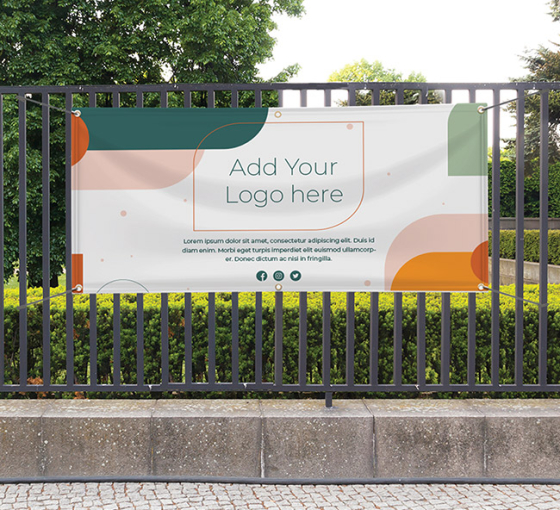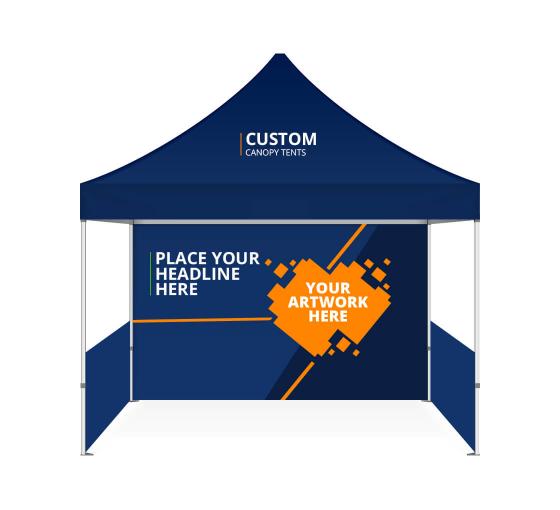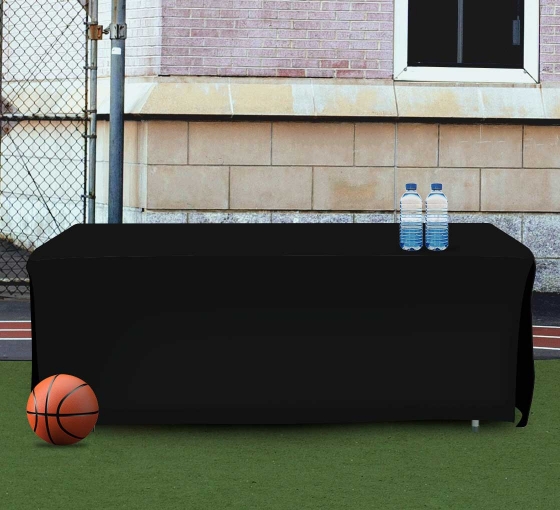Are you grappling with the choice between a tent and a canopy for your upcoming trade show exhibit? It’s a common dilemma faced by many businesses, but one that can significantly impact the success of your event.
It’s really important to grasp the differences between tents and canopies. Let’s break it down by looking at things like how easy they are to set up, how much they cost, how long they last, and how good they look. This will help you decide which one suits you best.
Understanding the Basics: Tent vs. Canopy
Tents are essentially enclosed structures designed to provide protection from all directions. They offer comprehensive shelter, making them ideal for longer-term usage, such as multi-day events where moving your display is impractical. On the other hand, canopies provide overhead cover while remaining open on the sides. This design promotes airflow, simplifies access, and enhances approachability, making them suitable for various trade show settings.
Practical Considerations: Making the Right Choice
When deciding between a tent and a canopy, several practical factors come into play. Setup time is one such consideration. Tents may require more time for assembly due to their enclosed nature, whereas canopies are typically quicker to set up, offering a more efficient solution. Cost-effectiveness is another crucial factor. Tents might be more expensive due to their enclosed design and added features, while canopies are generally more budget-friendly, providing a cost-effective option for businesses with limited budgets. In terms of durability, tents offer comprehensive protection from the elements and are suitable for various weather conditions. Canopies, while providing less protection, are still effective for providing shade and light rain. Lastly, the aesthetic appeal differs between tents and canopies. Tents provide a customizable space for branding and design elements, enhancing visual appeal, while canopies offer simplicity and openness, promoting a welcoming atmosphere.
If you opt for a canopy tent or booth for your trade show display, there are several ways to maximize its effectiveness. Choose a tent size that accommodates your products and allows ample space for attendees to navigate comfortably. Incorporate effective lighting to highlight your exhibit and create ambiance, drawing attention to key features. Additionally, take advantage of customization options to reinforce your brand identity and engage visitors creatively. From vibrant graphics to interactive elements, make your tent display memorable and impactful.
Key Differences between Canopy Tents and Tradeshow Booths
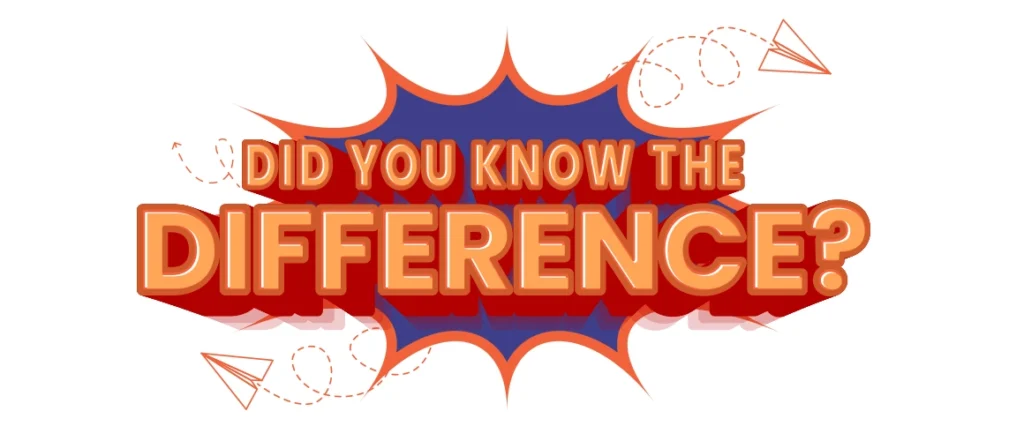
Canopy tents and tradeshow booths are both popular choices for businesses looking to promote their products or services at events, but they serve slightly different purposes and have distinct advantages depending on the specific needs of the exhibitor. Here’s a comparison between the two:
- Purpose and Functionality
Canopy Tents: Canopy tents are primarily designed to provide shelter from the elements, such as sun and rain, and create a designated space for the exhibitor. They offer an open-air setup that can be easily assembled and transported, making them suitable for outdoor events, fairs, festivals, and other occasions where space is more expansive.
Tradeshow Booths: Tradeshow booths are specifically tailored for indoor events, such as trade shows, conventions, and expos. They are typically more elaborate and customizable structures, often consisting of modular components like backdrops, signage, shelving, and lighting. Tradeshow booths are designed to attract attention, showcase products or services effectively, and facilitate interactions with attendees.
- Visibility and Branding
Canopy Tents: While canopy tents provide a space for branding through customizable graphics and banners, their visibility might be limited compared to tradeshow booths, especially in crowded indoor environments where taller structures and elaborate displays are common.
Tradeshow Booths: Tradeshow booths offer greater visibility and branding opportunities due to their customizable design elements and strategic placement within exhibition halls. Booths can be tailored to reflect the brand’s identity and attract attention from afar, helping businesses stand out among competitors.
- Portability and Setup
Canopy Tents: Canopy tents are typically lightweight, portable, and easy to set up without requiring specialized tools or equipment. They are ideal for businesses that frequently participate in outdoor events or need a quick and hassle-free setup.
Tradeshow Booths: While tradeshow booths may require more time and effort to assemble compared to canopy tents, many modern designs feature modular components that are lightweight and easy to transport. However, setting up a tradeshow booth often requires more planning and coordination to ensure all elements come together seamlessly.
- Cost
Canopy Tents: Canopy tents are generally more affordable than tradeshow booths, making them a cost-effective option for businesses with limited budgets or those primarily targeting outdoor events.
Tradeshow Booths: Tradeshow booths can be more expensive due to their customizable design, materials, and additional features. However, they offer a higher level of professionalism and customization, which can justify the investment for businesses aiming to make a strong impression at indoor events.
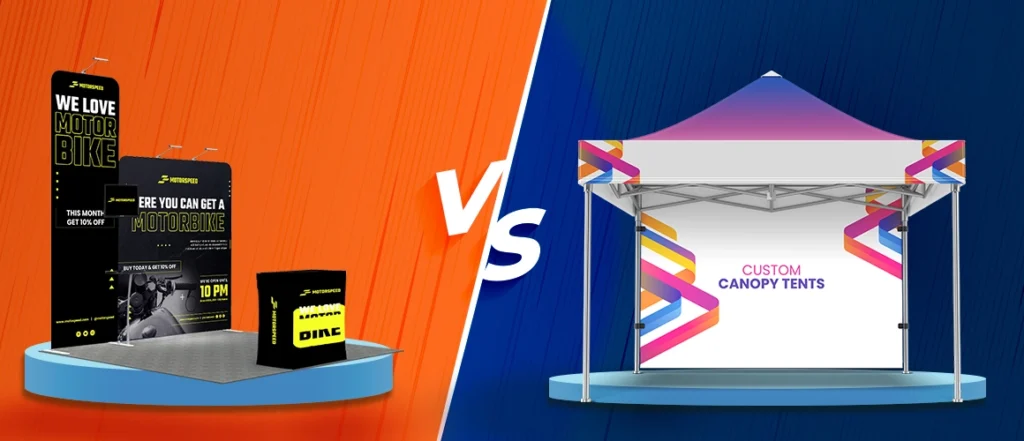
While both tents and canopies offer distinct advantages, understanding their unique characteristics and how they align with your objectives is essential. Ultimately, the choice between canopy tents and tradeshow booths depends on factors such as the nature of the event, budget considerations, branding goals, and logistical requirements. Some businesses may even opt for a combination of both to accommodate various types of events and maximize their visibility and reach.
Written by BannerBuzz Editorial Team
























 Posted in
Posted in 








